#the movie motive
Text
the movie motive: so, I rewatched brandy's cinderella
by amy evans / instalment 002 of her column the movie motive

For me, it’s always hardest to write about films that I have already watched multiple times and know that I like. As 2022 is the 25th anniversary of Cinderella (1997), which stars Brandy and Whitney Houston, being released, I knew that I wanted to dedicate an entry of my film column to it.The film also stars Victor Garber, Whoopi Goldberg and Bernardette Peters, which actually makes it quite star-studded, especially for a made for TV film, as well as the (then-)newcomer Paolo Montalbán as Prince Christopher. This 1997 production of Rodger and Hammerstein’s Cinderella is a really fun film and for me, it stands out amongst the array of live action fairytale films that we have had as one that works well and is able to take risks that pay off. The movie is also especially relevant considering the conversations that are being had currently about inclusivity in film and colour-blind casting - such as the likes of Disney’s upcoming films The Little Mermaid starring Halle Bailey and Snow White starring Rachel Zegler.
The movie is also especially relevant considering the conversations that are being had currently about inclusivity in film and colour-blind casting.
Rodger and Hammerstein’s Cinderella was first adapted for Broadway in 2008 - I was surprised that it wasn’t produced on Broadway until over a decade after this film version was released. The first version of Rodger and Hammerstein’s Cinderella was actually also a made-for-TV movie, in 1957, starring the legendary Julie Andrews in the title role. Another TV movie version was also made in 1965. Like many others who were born decades after the 50s and 60s versions aired, I am only familiar with the 1997 version, as it’s the one I grew up watching. Though I haven’t watched the older TV versions, from listening to the soundtracks and watching clips from them, they seem very different despite using some of the same songs and having the same basic story. For example, the 1997 version adds additional songs from Rodger and Hammerstein’s catalogue in order to give a song to the stepmother (Falling in Love with Love, originally from The Boys from Syracuse) and for the fairy godmother to sing as the finale song (There’s Music in You, originally from Main Street to Broadway). Before the 1997 version, there were also theatre productions, both in the UK and US. The legacy that the 90s version is following is, therefore, both a TV and theatre legacy.
The colour-blind casting of this version, with a Black Cinderella (Brandy) and Filipino Prince Christopher (Paolo Montalbán), is definitely one the things it is best known for. Considering that it is only really in recent years that it has become expected for films to have more inclusive casting, particularly in fantasy or period pieces, the 1997 Cinderella is years, if not decades, ahead of its time. Even today, people are still divided over how casting should be done. From the previously mentioned upcoming Disney remakes, to period dramas (think Bridgerton and the recent Persuasion), to fantasy (such as Rings of Power), casting decisions seem to be a point of clash for many TV and film fans. I think this version of Cinderella really shows that colour blind casting does work. The cast works so well together and their performances are a large part of what makes this film still stand up to this day. They just look like they are having fun on set, and they bounce off each other really well. I loved the humorous moments between the king and queen played by Victor Garber and Whoopi Goldberg.
Even today, people are still divided over how casting should be done.
Having a diverse cast means that the world of the film feels like a place where anyone can belong, and though it is ‘just a movie’, I think that the impact, especially on young people, of seeing a range of people in lead roles cannot be underestimated. In my opinion, films that have more inclusive casting are often criticised in a way that blames any shortcomings on them being too ‘woke’, ignoring the other elements that contribute towards the quality of the film. Blaming everything on casting decisions feels rooted in racism and prejudice - the idea that something that includes people of all races is somehow automatically worse is something that I really disagree with. It seems ridiculous that 25 years after Cinderella, colourblind casting is still something so contentious.
It’s important to also note that there are different ways of creating inclusive projects - colourblind casting is one approach, but it can also be about producing stories that highlight different groups and cultures and casting people from those communities in the roles. There are valid criticisms of casting in a way that diminishes the struggles that marginalised people in history - one example that comes to mind is Bridgerton’s treatment of race, which, though it could be praised on the one hand for presenting people of colour as romantic leads in a period setting, at the same time also glosses over the way that the actual Regency period that it romanticises was also a time of empire and colonisation. I don’t think there is one ‘right’ approach to casting something for the screen, but I do think it is worth thinking about which approaches work for different projects.
There are a lot of reasons that Cinderella is still so watchable to this day. The cast performances, as I touched on before, are really just fantastic. For me, Whitney Houston is definitely the stand-out supporting cast-member, as her vocal performances are so stunning and wonderful, and I think she plays really well opposite Brandy’s Cinderella. Of course, I have to mention Brandy in her role as Cinderella. It could be seen as a risky choice casting an R&B singer in the role, but I feel like she is so believable in this role and performs it really well. Paolo Montalbán is also great as the prince, a character who is more developed in this version than in some other adaptations. Cinderella splits the focus between the prince and Cinderella, and I feel like we spend more time seeing the prince’s perspective, which adds more depth to the story.
Colourblind casting is one approach, but it can also be about producing stories that highlight different groups and cultures and casting people from those communities in the roles.
The actors all perform their characters with a kind of groundedness and modern sensibility which helps make the well known plot feel more believable and stops it from tipping too far into pantomime territory (even the stepsisters and stepmother, who do provide a lot of the comedy and silly moments in the film, are not played as exaggeratedly as they could be and often are in Cinderella adaptations).
Beyond the cast though, the soundtrack is wonderful. There are some lovely songs in this movie - I think my favourites are probably ‘The Prince is Giving a Ball’ and the final song ‘There is Music in You’. I also love how colourful this film is - as I was re-watching the film I kept thinking that it looks almost like Disneyland because of how everything looks so bright and magical. The costumes are just full of colour as well which I really like, and it adds to the joyful tone of the movie .
I feel like this film is an example of how a fairytale story can be modernised well. For me, when it comes to fairytale movies, the story by itself isn’t really enough to keep my interest, because we’ve all heard them a million times. I love when adaptations bring a bit of extra charm and fun to the story. I think that Rodger and Hammerstein’s music, combined with the wonderful cast, and the fun and colourful costumes, bring a lot of heart and a warm tone to the whole film. It shows how a fairy tale can be modernised even without setting it in the real world, which is often the approach taken to ‘update’ a story. For example the Cinderella Story movies place the story structure of Cinderella in a modern world with cell phones (who can forget Hilary Duff’s iconic ‘Laugh Out Loud’?) and college admissions. Obviously this modernises the story by literally setting it in the 21st century, and updating characters to have the same concerns as their audience, like being unpopular in high school and trying to fit in.
For me, when it comes to fairytale movies, the story by itself isn’t really enough to keep my interest, because we’ve all heard them a million times.
Meanwhile, the 1997 Cinderella is still undoubtedly modern, even though it is set in the historically inspired storybook world that we expect from fairytale adaptations. Even with my lack of musical expertise, comparing the soundtracks for the older TV versions to the 90s version, it is clear that the music has been ‘updated’ in terms of moving away from the more traditional sound to something more current. Additionally, having the recognisable voices of celebrity vocalists Whitney Houston and Brandy also brings a more contemporary feel to the soundtrack. The film also clearly takes inspiration from its own time in how the actors are styled and dressed, with Brandy having iconic box braids for much of the film, and the costumes often looking like they wouldn’t be too out of place at someone’s prom or wedding. The dialogue is also relatively modern.
The story of Cinderella is one that seems to keep inspiring more adaptations on stage and on-screen - from the many versions of Rodger and Hammerstein’s Cinderella, to Disney’s animated and live action versions, to the Cinderella Story movies. I think it’s really cool that one story can inspire so many different retellings, and the 1997 movie is definitely one to watch (or rewatch!).
3 notes
·
View notes
Text
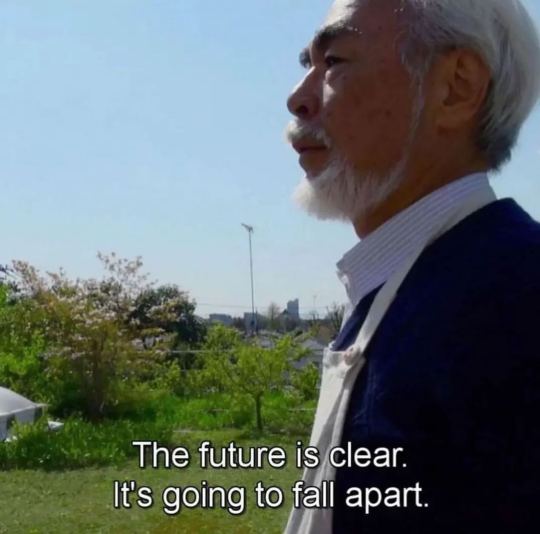
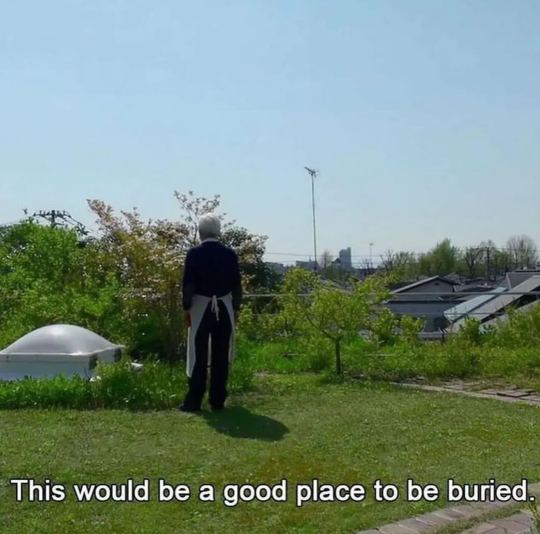
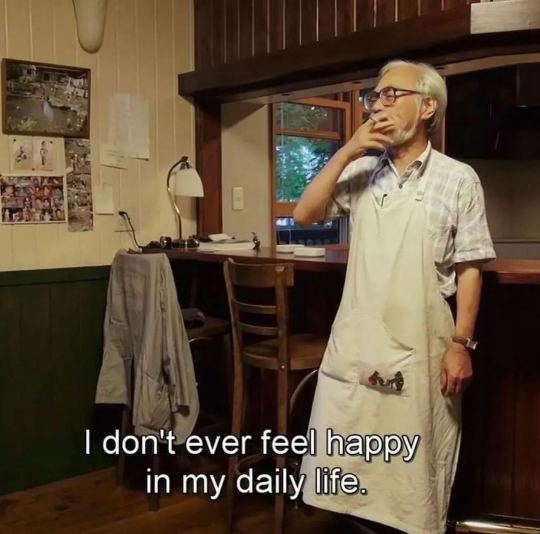

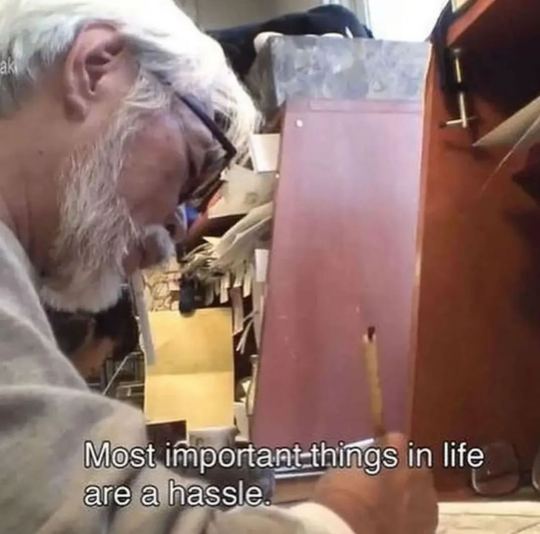
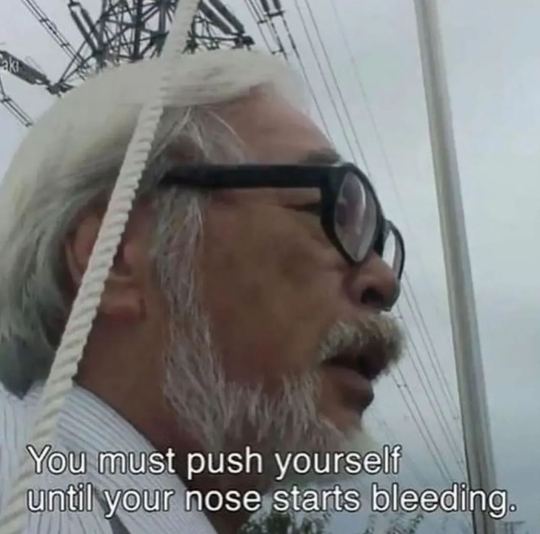



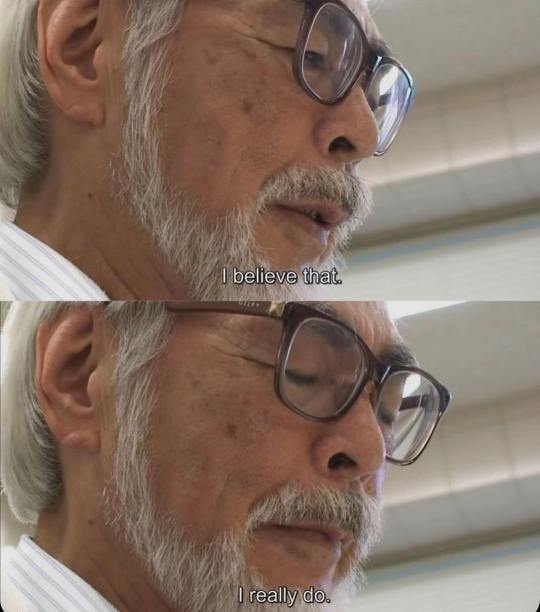
Semi-motivational quotes from Hayao Miyazaki
#hayao miyazaki#spirited away#princess mononoke#studio ghibli#ghibli films#ghibli movie#my neighbor totoro#quotes#motivating quotes#mangaka#manga#anime#existentialism#existential dread#existential thoughts
23K notes
·
View notes
Text
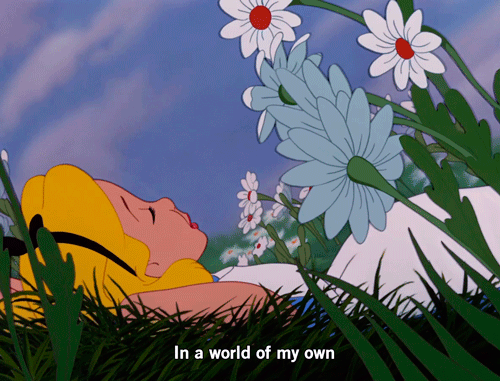
#words#quotes#book quotes#books#alice in wonderland#gif#gifs#cottagecore#naturecore#flowers#flowercore#nature#movies#art#inspiration#motivation#love
14K notes
·
View notes
Text
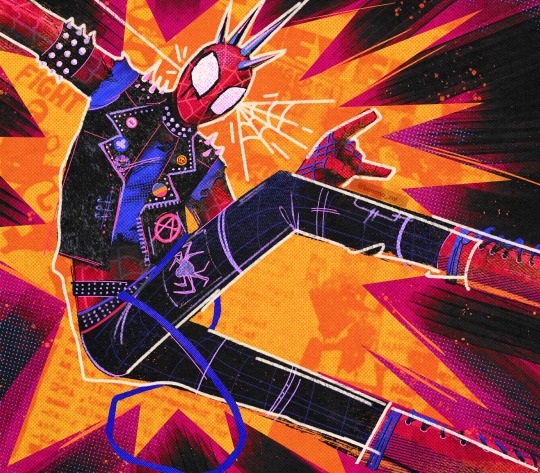
I HATE THE AM‼️ I HATE THE PM‼️
#hobie brown#spider punk#across the spiderverse#spiderverse#spiderman#fanart#spiderman fanart#my art#spiderman atsv#they did my boy so good in this movie 😭🙏🏽#as expected atsv is fueling my motivation and creativity like crazy
30K notes
·
View notes
Text

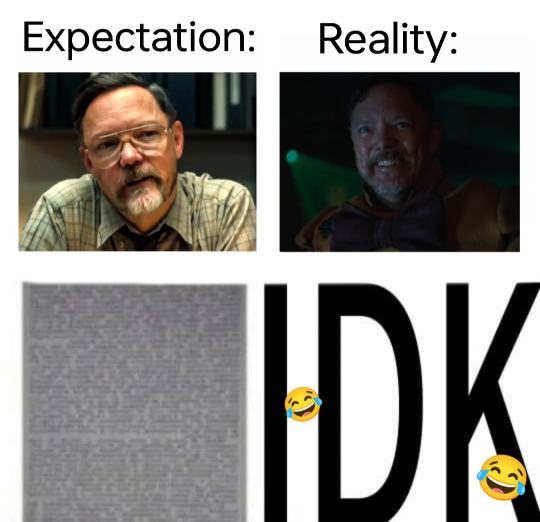
#personally liked that they didnt go into it. guys some ppls motive is.... just because. thats it. i like that his character is that way loll#fnaf movie spoilers#five nights at freddy's#fnaf#fnaf movie#william afton#matthew lillard#josh hutcherson#fnaf memes#halloween#spooky season
4K notes
·
View notes
Text

An arrow to the heart
#puella magi madoka magica#madoka kaname#homura akemi#madohomu#homumado#pmmm#movie trailer gave me motivation to finish this
6K notes
·
View notes
Text
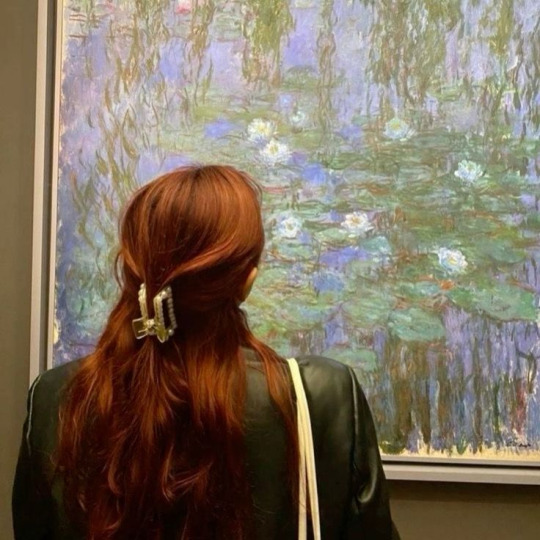
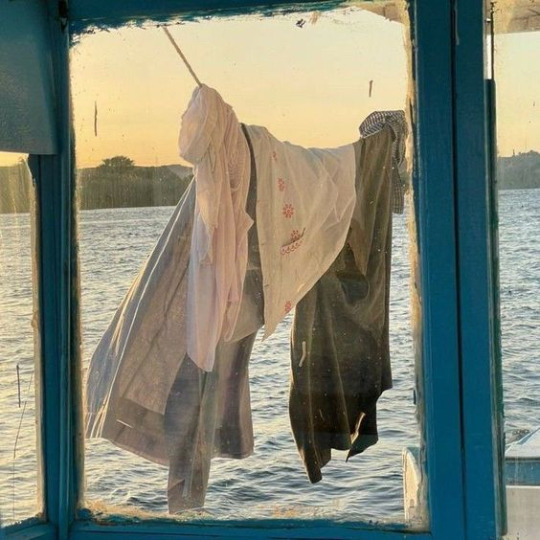
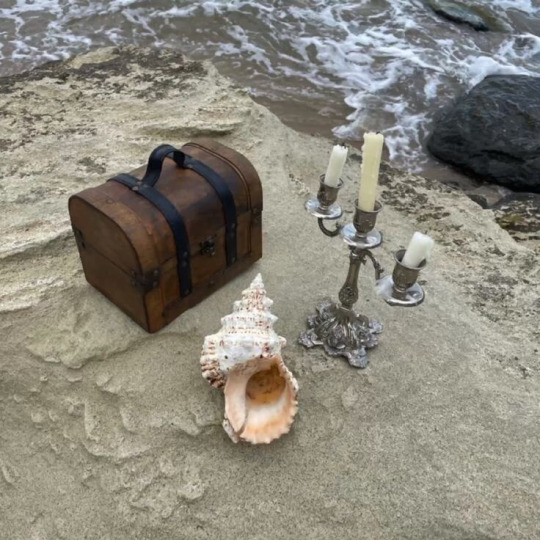

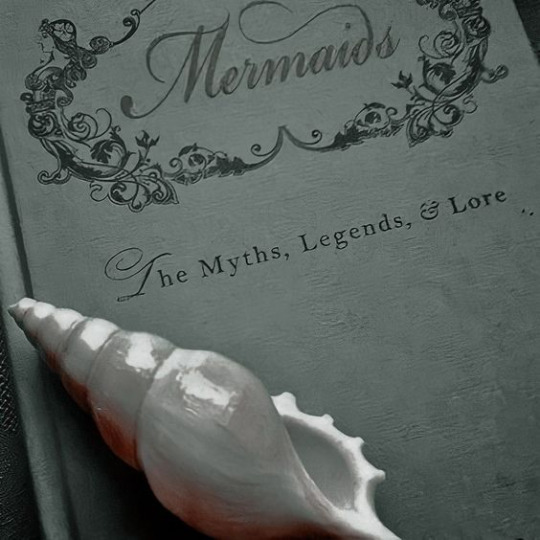
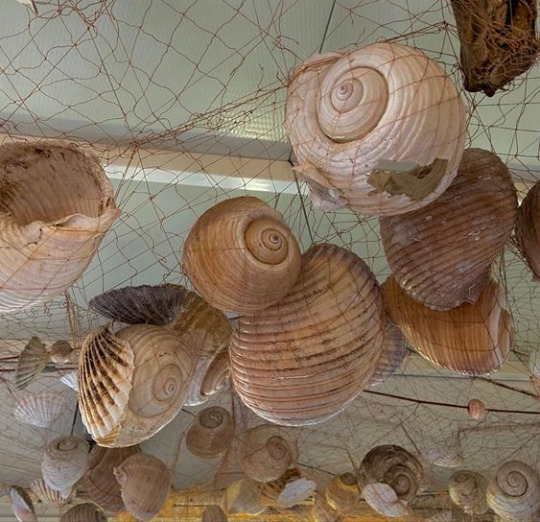
modern princess ariel aesthetic
#princess ariel#the little mermaid#disney#cottagecore#Aesthetic#nature#naturecore#flowercore#Warmcore#fairycore#fairy aesthetic#cozycore#COSYCORE#my moodboards#soft aesthetic#studyblr#studyspo#study inspiration#study motivation#study space#studygram#disney movie#disneycore
2K notes
·
View notes
Text
“They didn’t give Afton a motive”
Did Norman Bates have a motive? Nope. Did they ever really decide why Hannibal Lecter liked to eat people? Don't think so. You see, it's a lot scarier when there's no motive, Sid.
#GUYS STOP TAKING THIS POST SERIOUSLY IM LITERALLY JUST QUOTING SCREAM DHGFJDK#he’s a child murderer what fuckin motive do you want him to have?#fnaf movie#scream 1996#fnaf#william afton#five nights at freddy's#springtrap#matthew lillard#scream quotes
3K notes
·
View notes
Text
everyone wants Chihiro and Haku to reunite but WHAT ABOUT THEM

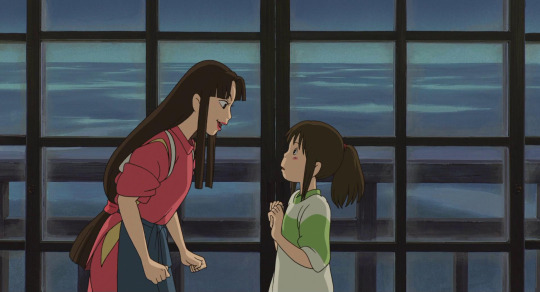

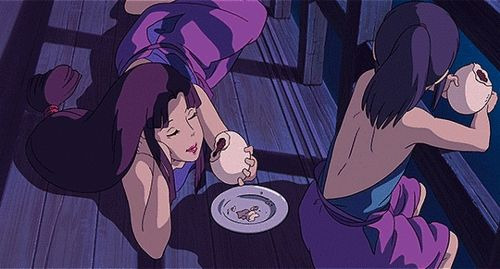


#that's her baby sister right there#she finally gets some sense of family in this job and then she has to LEEAAAAVVVEEEEE#DO NOT!!!!#SEPARATE THEM!!!!!!!!!!!!!!!#I just know Lin was thinking of adopting her if going home with her parents didn't work out#actually I think Chihiro never really told Lin about her motivations so she was probably envisioning that#the moment she came back from Yubaba's office she was like 'yeah no this kid is mine now'#spirited away#studio ghibli#ghibli#ghibli movie#chihiro#spirited away chihiro#spirited away sen#spirited away lin#everytime Chihiro sees a weasel or a fox she gets some sense of familiarity
5K notes
·
View notes
Text

#illustration#my fanart#pmmm#mahou shoujo madoka magica#puella magi madoka magica#madoka magica#akemi homura#homuhomu#helloooo!???#good morning!!!#it’s been a week since the trailer and I finished at last my drawing aaaaa#I was kinda sad idk and I needed motivation but aaaa it’s done 🥺#I’m really excited for the movie aaaa#💜
3K notes
·
View notes
Text
FNAF SPOILERS! SCROLL! TALKING ABOUT THE SPRINGLOCK SCENE!
i’ve seen so many people discussing the springlock scene in both negative and positive ways and i think it brings up really cool points about how matthew played that scene and balanced fan expectations with his own characterisation.
i think the discussions around this movie have rlly exposed the disconnect between fanon and canon in fnaf, especially talking abt the core games in isolation, bc frankly in the game universe (ignoring the books) we get Very Little characterisation for William other than the obvious, but Matthew managed to add so much in the way he talks and his body language.
in the reveal scene, we see afton at arguably his peak. in his first scene, he comes off as somewhat demeaning and judgemental until he recognises mike’s name, at which point he seems to have this nervous energy, rushing to cover it up but stumbling slightly, his reaction to the tables being turned even slightly is massive.
this is a man who committed multiple mrdrs in essentially broad daylight, hid the bodies in the most obvious place, and still got away with it, and then kept the crime scene as a trophy of his actions, and an ongoing prison sentence for his victims. he has been in complete control for decades, and is confident that he can deal with any kind of threat quickly. his confidence in his reveal is palpable
it changes when vanessa shoots him. the whole parallel with vanessa and the animatronics is hugely interesting too- how william refers to the animatronics almost endearingly as “kids” when he wants them to obey, how both vanny and the animatronics have an unearned loyalty to him, almost a pseudo-adoption through what he did to them, taking them from their parents and keeping them under his thumb, forever stuck as naive, forgiving, obedient children. vanessa breaking from that control shakes him, but the mask slips back into place almost immediately.
then, he’s outsmarted by the brother of one of his victims, and the child he planned to end next. his pseudo-children turn on him and he can no longer manipulate his appearance or shed his skin to escape. he explodes on them, and his language is incredibly telling that he is being dishonest.
he calls them small, trying to belittle them into submission, even though they are ten feet tall metal animatronics powered by rage. he is grasping at straws to regain control, and failing miserably.
finally, the springlocks go off. the locks in the movie look more like a ribcage, so the first two likely puncture his lungs. they’re slow, and painful, but he doesn’t scream or beg or sob. he grunts and groans, gritting his teeth and only letting out sounds of pain that sound almost involuntary. there is no way in hell he would visibly let himself show weakness or pain in front of these creatures that he believes he has control over. he isn’t brought to his knees until there are eight metal spikes embedded in his abdomen. he doesn’t let the mask fall for even a second, until he literally PUTS THE ACTUAL MASK ON and finally collapses. even then, he’s fighting for consciousness, twitching and writhing with no control over his body. william afton thrives on control, and his soul will not rest until he gets it back.
it’s why he keeps the pizzeria- he always comes back. he can’t help but return to the scene of the crime, putting on his old costume, continuing his killings. he revels in being a constant threat on the horizon. and now, he knows he is going to die, and he knows the suit will bring him back, and noone will be able to get rid of him then. so he puts the mask back on, and waits.
in terms of the sfx- they’re pretty accurate. with stab wounds, you need to leave the knife in the wound as long as possible for best chance of survival, as it stops the blood from escaping. in terms of the springlocks, there wouldn’t be copious amounts of blood as the locks are keeping the wounds filled- which is good because it means a slower, more painful death.
#fnaf#fnaf movie#eden rambles#william afton#matthew lillard#springtrap#five nights at freddy's#fnaf spoilers#idk i thought it was a great scene#ppl just need to manage their expectations of what fnaf 1 Actually Is in isolation#not the years of other media and fandom and lore and theory#we literally saw him get springlocked one time in 8 bit with no audio and four frames. how is this worse in comparison#wanna make another post talking abt how the film explores images vs the reality when you look deeper#specifically abby and her drawings/the drawings at freddys vs mike’s motivation being based on the images he sees in his dreams#and how it’s so perfect for fnaf 1 being a game almost entirely made of just scary images without actually exploring the reality#that these robots are Children and Scared and Lost#tldr the fort scene was necessary
3K notes
·
View notes
Text


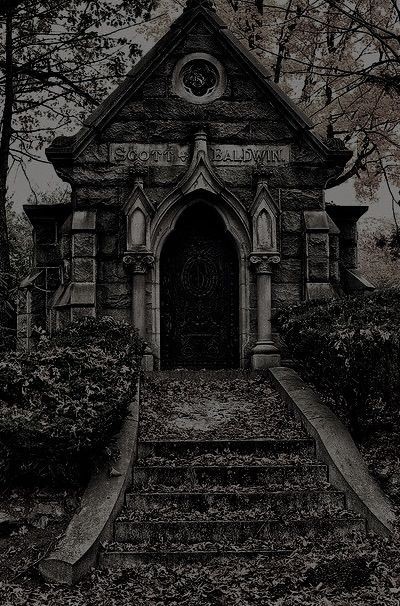

#landsccape#chaotic academia#gothic architecture#dark academia#light academia#art academia#litarature#romantic academia#aesthetic#dark acadamia aesthetic#light academic aesthetic#dead poest society#motivation#poetry#museums#books#academia#inspirational quotes#movies#da#architecture#baroque#english literature#fall aesthetic#landscape#photography#beauty#explore#travel#cottagecore
1K notes
·
View notes
Text
Recently Youtube's algorithm really wants me to watch Schindler's List and I never had so the other night I sat down and actually watched it.
Having a lot of thoughts about it but a major one I keep coming back to is how even an immensely and deeply flawed human being can go against "just following orders" and instead put in the work to actually help.
It may never be fully enough. It may never save as many as you'd hoped. But when you have a choice to either follow orders or save your fellow humans in front of you, I hope you choose the latter.
Schindler died in poverty. He was not a renown war hero nor was he at all famous or widely beloved. But he saw that he could help, even in some small way, and so he helped.
He was a Nazi who saw what the Nazis were doing to Jews and said no more. Enough. If I can even spare those under my charge, maybe a few extras, then at least I will have tried to do something about this.
I think a lot of people do not fancy this type of activism. It is messy, dangerous, and often completely thankless. Schindler survived as long as he did after the war due to those he saved helping him with donations. He was not popular in his hometown due to his association with Nazis, he was not popular in Germany, he was not popular in Argentina. His businesses all failed. His wife left him. A movie about his deeds was released several years after his death, where he would receive none of the benefits. He went to prison multiple times for simply refusing to hate Jews.
I think a lot of people like to think they're activists, but are sorely unprepared for doing this type of work, and then in truth become activists in name only. This is hard work. But without him, another thousand or so people would be on that death toll.
He took his position of extreme power- a Nazi owning a factory almost entirely operated by Jews, making oodles of money off that cheap slave labor- and said you know what? No. I'm not doing that. I can't save everyone, but as long as they are within my factory, you will not kill my workers. As long as I'm here you aren't harming one hair on the head of any Jew under my care. You're not sending or keeping them in Auschwitz. You're not randomly executing them for entertainment. They're people. You're not murdering them.
"Just following orders" they say. But they didn't have to. They could have helped. They could have did what he did, look around and say "what the fuck am I doing here", and stop. He did. They could have. They didn't.
#I think it's also intereating that he did not do it out of compassion at first#he did it because it was smart capitalism#jewish labor was super cheap and they were desperate to be considered fit to work because otherwise execution was waiting for them#only after the cleansing of the ghetto did he say whoa okay holy shit yeah no I'm not doing this anymore#that's also true of the real man the movie is about#I also think it's interesting that not everyone he saved thinks he was a good person#but even still despite his flaws they respect and admire what he did for them#his motives were not always pure#but the fact of the matter is that when he saw what was happening he chose to act against it#he did not shrug and saw welp orders are orders#nor did he succumb to hopelessness when it became difficult to keep up what he was doing
2K notes
·
View notes
Text

#goth#gothic#movies#american horror story#ahs#inspiration#motivation#lgbtq#lgbtqia#words#quotes#books#book quotes#tv shows#books and libraries#mental health#love#beauty#facts
2K notes
·
View notes
Text
don’t let the critics trick y’all on this one bc the marvels is so fucking good I’m so serious. “oh it’s rushed” “oh it’s not serious enough” “oh the villain is cookie cutter” you know what. is it not enough that movies can be fun anymore
#i don’t usually hype up mcu movies but IM SO SERIOUS WITH THIS ONE#i wasn’t even excited to see it but it was so good#the flerkens were adorable kamala was awesome the whole relationship between the three of them was AMAZING#the villain was wonderful her motives were insanely believable#the cgi was incredible you can really tell that this is an ai-free product#the cameos weren’t overdone but were amazing#the comedy!!!!!#go watch the marvels#the marvels#marvel#mcu#marvel mcu#kamala khan#carol danvers#monica rambeau
1K notes
·
View notes
Text

2K notes
·
View notes